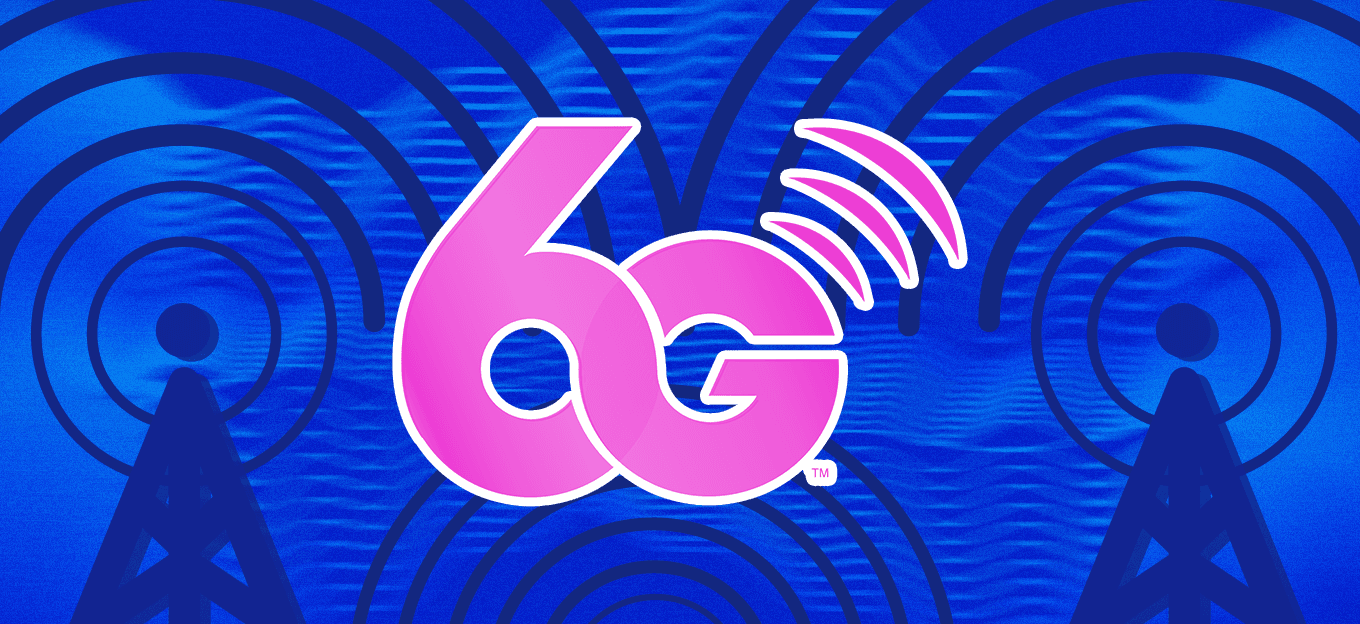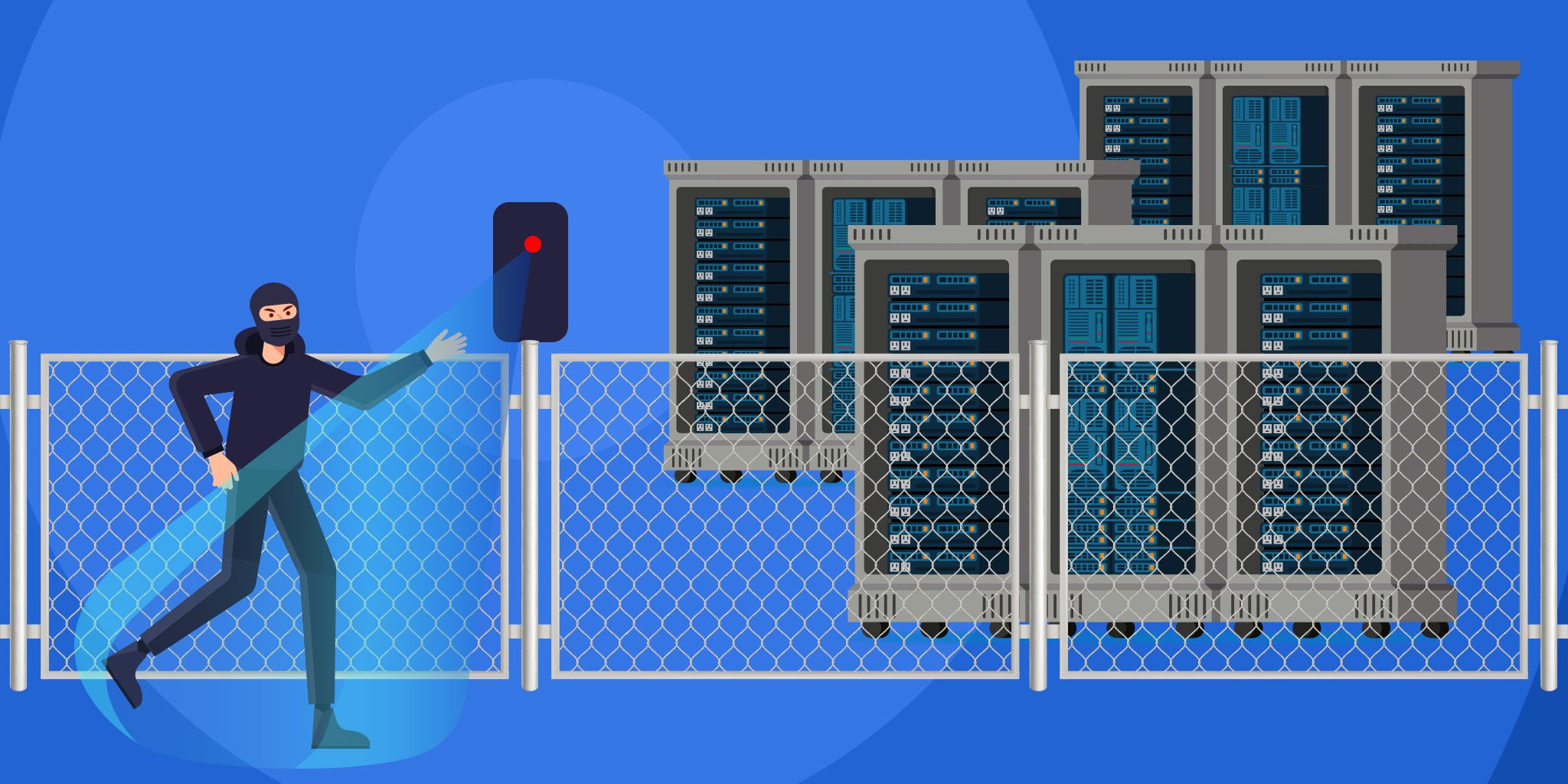How to Calculate Total Cost of Ownership for Cellular IoT Projects
How to Calculate Total Cost of Ownership for Cellular IoT Projects
- Last Updated: December 2, 2024
Hologram
- Last Updated: December 2, 2024



The total cost of ownership (TCO) is usually described as an asset’s purchase price, plus the cost of operating that asset over its lifetime. That calculation is pretty simple when you’re looking at manufacturing equipment or a new forklift.
Cellular IoT projects are different. Most IoT deployments include many assets, plus the networking infrastructure that keeps devices connected, plus the software you use to manage the ecosystem, to name just a few variables. In short, IoT is full of costs some might describe as “hidden.” But those costs are only hidden if you don’t know where to look.
Surveys suggest many IoT users don’t. In 2019, a Harvard Business Review pulse survey found that 90 percent of respondents couldn’t calculate a return on investment for their IoT projects. And two years later, a Microsoft IoT Signals Report said 35 percent of IoT projects were failing at the trial phase—with the top-cited reason being an unexpectedly high cost of scaling.
That may sound discouraging, but there’s good news, too. All you need to calculate an accurate TCO for any IoT project—from a single smart building to a massive, global asset-tracking system—is a list of the right variables. Luckily enough, that’s exactly what you’ll find below.
Identifying the Variables in an IoT TCO Calculation
Remember how we defined TCO as purchase price plus operating costs? That’s not exactly accurate for an IoT project. You see, IoT isn’t a single asset with a single purchase price. It’s an ecosystem, a living flow of data that provides real-world utility. Instead of calculating a “purchase price,” then, your initial spend all goes to building IoT infrastructure.
"IoT isn’t a single asset with a single purchase price. It’s an ecosystem, a living flow of data that provides real-world utility."
-Hologram.io
That alteration makes the general TCO formula for IoT something like this:
IoT TCO = Infrastructure Costs + (Yearly Operating Costs * System Lifespan [in Years])
Here’s how each of our two major categories of costs breaks down.
Infrastructure Costs for a Cellular IoT Project
It’s easy to focus on the devices themselves when you’re planning an exciting IoT project. Devices are certainly a major part of the initial investment. But they’re just one part of the total ecosystem. Here are the initial infrastructure costs to consider for most IoT projects:
- IoT Devices - The price of an IoT sensor keeps going down. It plummeted from $1.30 per sensor in 2004 to just 38 cents in 2020. But, of course, your project may require complex devices that cost hundreds or even thousands of dollars a piece. The trick is to get an accurate quote for the device you need, then multiply that cost by the number of devices you’ll deploy.
- IoT Management Software - You’ll need an IoT dashboard to manage your devices and their network connections. You may also need software that organizes the data your devices collect or additional IT layers that help to import data into broader business applications.
- Staff Training - While two-thirds of operations outsource IoT implementation, most still need to upskill their own staff in preparation for roll-out. Factor this training cost into your infrastructure calculation.
- IoT System Testing - No IoT system is ready to launch without extensive quality assurance testing. We recommend five areas to test prior to deployment: usability, compatibility, security, performance, and compliance.
Keep in mind that every IoT project is a bit different; you may find additional infrastructure costs. At any rate, infrastructure is just one-half of the IoT TCO calculation.
Operating Costs for a Cellular IoT Project
Once your IoT system is built, tested, and ready for roll-out, you can start reaping the benefits. But there are several ongoing costs to keeping such a system active.
We recommend calculating a yearly cost of operation; that way, you can multiply that cost by the system’s projected lifespan to find a reasonably accurate TCO. But you might also consider monthly, weekly, or even daily costs; choose the timeframe that best supports your business case.
Here are the major variables to consider when calculating IoT operating costs:
- Connectivity - Generally, cellular IoT systems operate in partnership with connectivity-as-a-service platforms. Look for a connectivity partner that offers multi-profile eSIM technology and network redundancy, i.e., the ability to fail over to a second network if the first performs poorly.
- System Maintenance - Devices occasionally need over-the-air firmware updates. You may also require application support for the software that keeps your IoT system running. Factor these and other maintenance costs into your TCO calculation.
- Security - New threats emerge while old ones evolve. Plan to spend on issue detection, troubleshooting, and software/firmware updates that keep your system secure, no matter what the hackers come up with.
- Staffing and Labor - One of the great benefits of IoT is its ability to generate data—but that data won’t help until someone on your staff puts it to use. Additionally, someone has to handle the maintenance and oversight of your system. Plan for the labor costs associated with all tasks involved in running your IoT project for its entire lifespan.
Clearly, it can be difficult to pin an exact figure on labor and maintenance costs. The simplest option—both for launching an IoT project and for calculating a TCO—is to partner with providers of IoT solutions. Because these companies operate on the software-as-a-service model, they collapse many of your costs into a single, easy-to-project monthly fee.
For example, you could reach out to dozens of mobile network operators (MNOs), set up accounts, install the MNO’s SIM card, and manage cellular connectivity on your own. That’s an expensive approach, though, and it makes it virtually impossible to project operating costs. Or you could partner with an IoT connectivity provider for better, more reliable connections at a stable monthly fee. The real benefits of such a partnership are cost savings and better performance—but the payment model also makes it a lot easier to calculate the TCO for your cellular IoT project.
The Most Comprehensive IoT Newsletter for Enterprises
Showcasing the highest-quality content, resources, news, and insights from the world of the Internet of Things. Subscribe to remain informed and up-to-date.
New Podcast Episode

Moving Past the Pilot Phase in IoT and AI
Related Articles





